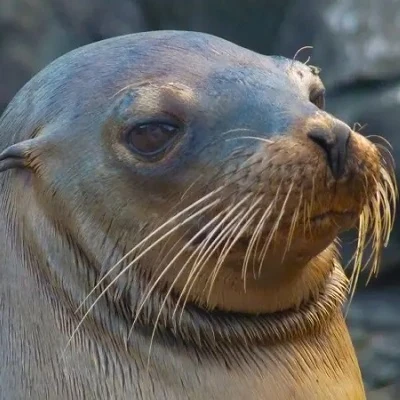
If you’ve visited Ecuador, you might have been served the type of instant coffee that is popular among Ecuadorians; Nescafe. I’ve been a proud drinker of good coffees since I was sixteen, so I almost spit out the first coffee I bought at a farmer’s market in a barrio of Tabacundo. After that I just stuck to their delicious fruit juices (hint: blackberry/mora and coconut/coco is incredible together). One of the reasons you can’t find good coffee in Ecuadorian restaurants is that Ecuadorians simply don’t drink that much coffee. The other is that… well, there actually isn’t much good coffee in Ecuador. It has nothing to do with the ability to grow good coffee – in fact, Ecuador is prime real estate for good coffee. To understand why quality is so hard to find in Ecuadorian coffee, we have to look at the economy.
From top export to 1%
Back in the 1970s, coffee was one of Ecuador’s top exports. However, in the 1980s there was a worldwide crash in market prices of coffee. After that many Ecuadorians stopped growing coffee because they could no longer afford to. Coffee plantations are expensive, time-consuming, and not very stable. Right now, Ecuador accounts for 1% of green coffee production worldwide. “Wait,” you might be thinking, “But I thought the figures were higher than that?”. And you’re right – kind of.
Ecuador currently exports the 4th largest amount of coffee worldwide. But that’s not green coffee, it’s instant coffee. In 2011, Ecuador’s instant coffee industry accounted for 64% of coffee exports. Those exports were made almost entirely of beans imported from other countries. Instant coffee exports doubled between 2008 and 2013. However, overall green coffee growth in Ecuador was than only less than half of what it had been during peaking time. In 1994 it peaked with 1.4 million bags. In 2012 400,000 bags of the coffee production were Arabica, which is widely acknowledged as the finest quality coffee. So Ecuador’s green coffee crisis is not due to inadequacy to grow good coffee. Rather economic misfortune is the cause.

A brighter future for Ecuadorian coffee?
In 2013, a barista for a boutique coffee shop in Quito commented that, “The main problem with [coffee] in Ecuador is that people are used to drinking just soluble[/instant] coffee [so they are] used to a bitter aftertaste.” “But,” he added, “now the market is starting to evolve and people are beginning to realize what really good coffee is and that good coffee has to come from both roast and ground”. Maybe there are coffee dreams in Ecuador’s future, but there are still a few mountains to climb. As it comes to the coffee industry, Ecuador has quite some competition, with other Latin American giants such as Costa Rica and Colombia.
Challenges and disadvantages
An official pointed out back in 1996 that “[Ecuador has] very few big farmers and a lot of small growers who have one hectare of land, of which coffee is only a small part. They’re also growing beans and fruit. The disadvantage is that […] they don’t have the money or knowledge, so the quality suffers.”
Adding to this problem, officials aren’t very interested in quality green coffee production. 86% of exports was instant coffee in 2014 and green coffee only made up 14%. Local governments don’t need high quality beans to make instant coffee, so they won’t invest in them. And Ecuador lacks a coffee agency like Colombia’s FNC or Costa Rica’s ICAFE. The Ecuadorian government supports an organization called COFENAC, but small farmers criticize the agency for not supporting their efforts.
Further reading
- “Ecuador Aims to Remove Coffee from Cocoa’s Shadow” from Tea & Coffee Trade Journal, 2012
- “Ecuador Eyes New Coffee Markets” from Tea & Coffee Trade Journal, 2013
- “Origins: Ecuador” from Café Imports
- “Small Farmer Coffee Keeps Southern Ecuador Green” from Small Farmers, Big Change, 2009
- Ecuador from Red Fox Coffee Roasters
- Navigating Origins: Ecuador from Roast Maganize







